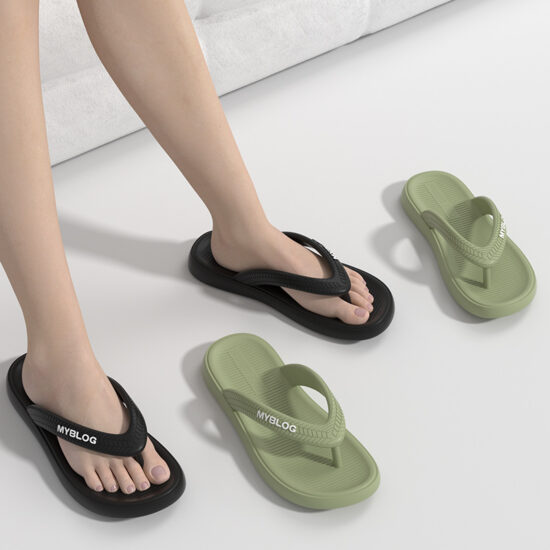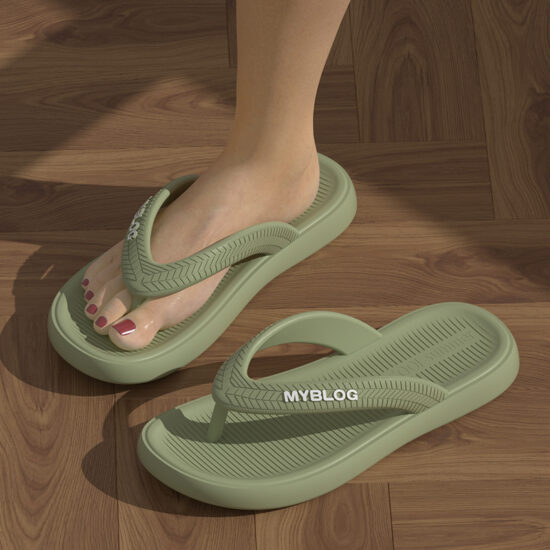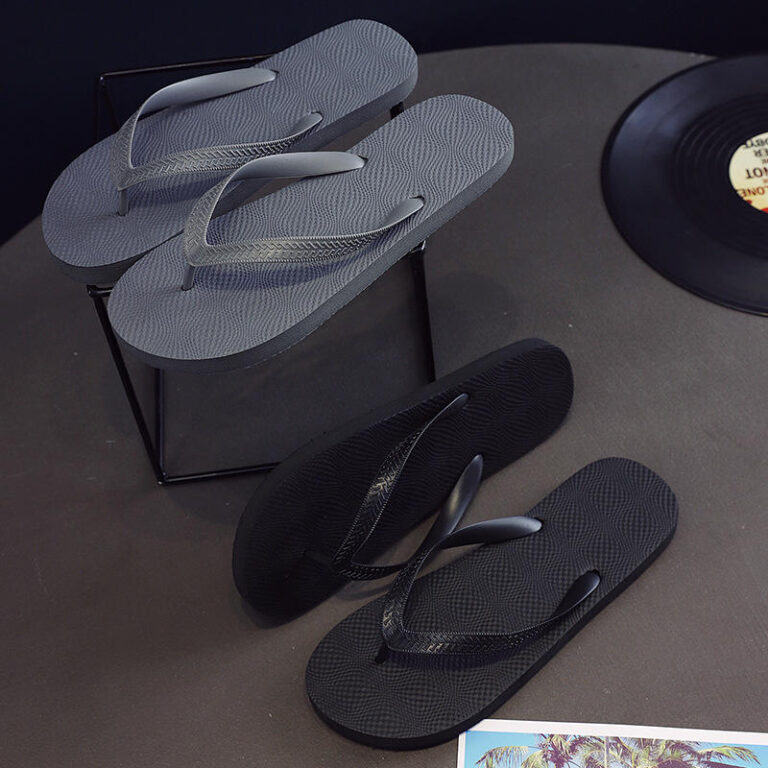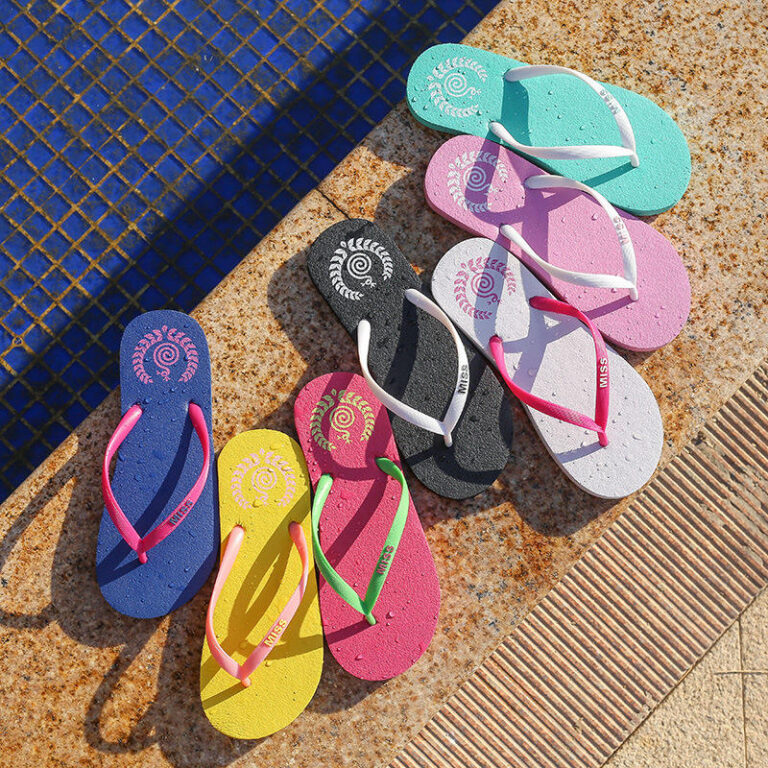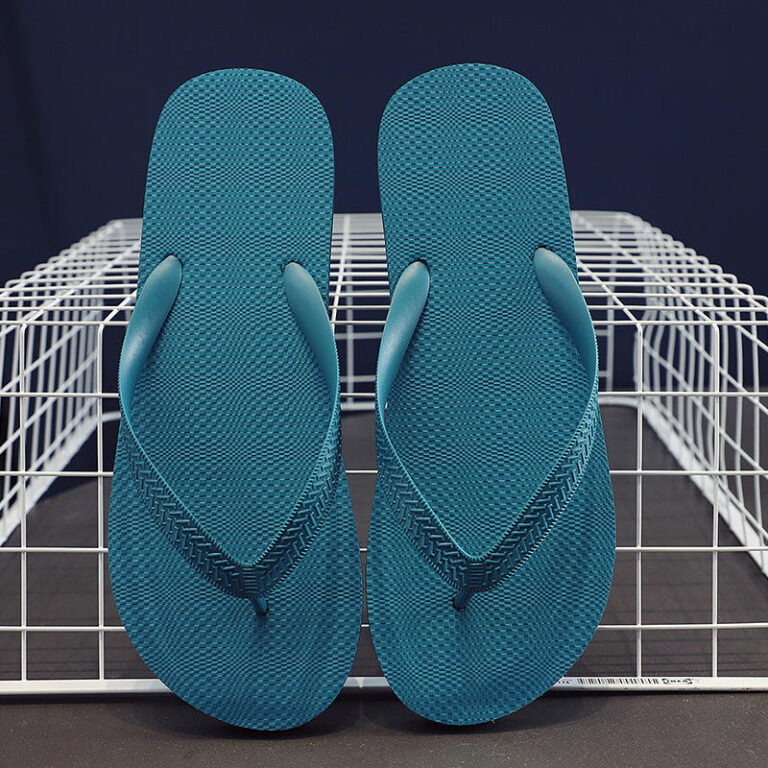jay@nbdho.com
How to Choose the Right Flip Flops for Your Feet: A Complete Guide
Introduction:
Flip flops are one of the most comfortable and convenient footwear choices, especially during warmer months. However, not all flip flops are created equal, and choosing the right pair for your feet can make a significant difference in comfort and overall foot health. In this guide, we’ll break down what you should look for when selecting the perfect flip flops, from cushioning and arch support to material choices and fit. Whether you have flat feet, high arches, or simply want to find the most comfortable pair, this guide will help you make an informed decision.
1. The Importance of Footbed Cushioning
When shopping for flip flops, one of the most important factors to consider is the footbed cushioning. The footbed is the part of the flip flop that supports your feet, so it’s crucial to find one that provides both comfort and support.
-
Memory Foam: Memory foam footbeds are a popular choice for flip flops. They mold to the shape of your feet, providing personalized support and cushioning. This can help prevent foot fatigue, especially if you’re wearing your flip flops for long periods.
-
EVA Foam: EVA (Ethylene Vinyl Acetate) is another material commonly used in flip flop footbeds. It’s lightweight and provides a good balance of cushioning and support. Many flip flops use EVA foam to provide a soft, shock-absorbing layer that helps reduce impact while walking.
2. Arch Support and Stability
If you have flat feet, high arches, or any other foot condition, finding flip flops with proper arch support is crucial. Flip flops without adequate support can lead to discomfort or exacerbate foot problems.
-
Built-In Arch Support: Look for flip flops that feature built-in arch support. These designs help to distribute your weight evenly across your feet, preventing strain on your arches and reducing foot fatigue.
-
Contoured Footbeds: Contoured footbeds are designed to match the natural shape of your foot. These footbeds are particularly beneficial for those with specific foot conditions like plantar fasciitis or flat feet.
3. Choosing the Right Material for Durability and Comfort
The material of your flip flops plays a significant role in their comfort, durability, and style. Here are some materials to consider:
-
Rubber: Rubber flip flops are the most common option. They are lightweight, durable, and often water-resistant, making them ideal for beach trips or rainy days. However, rubber can sometimes lack cushioning, so look for rubber flip flops with extra padding.
-
Leather: Leather flip flops are a more stylish and durable option. They tend to be more rigid than rubber, but they often soften with wear. Leather is also a breathable material, making it ideal for warmer climates.
-
Synthetic Materials: Synthetic flip flops are often made from materials like PVC or other man-made substances. These flip flops are often less expensive and come in a variety of styles. While they are durable, they may not always offer the best comfort.
4. Finding the Right Fit
Getting the right fit is crucial when choosing flip flops. Flip flops that are too tight or too loose can cause discomfort or even lead to foot injuries.
-
Strap Fit: The straps should comfortably secure your feet without pinching or rubbing against your skin. Adjustable straps can help you achieve a better fit, especially if you have a wider or narrower foot.
-
Toe Post Length: The length of the toe post is another important factor. It should be long enough to hold your foot in place, but not so long that it causes discomfort between your toes. A toe post that’s too short may cause your foot to slide out of the flip flop.
5. Flip Flops for Specific Foot Conditions
Certain foot conditions require special attention when choosing flip flops. Here are some tips for people with specific needs:
-
Flat Feet: If you have flat feet, look for flip flops with good arch support and cushioning. Avoid flip flops with flat footbeds, as they may cause discomfort and increase foot fatigue.
-
Plantar Fasciitis: If you suffer from plantar fasciitis, choose flip flops with a firm arch support and cushioning that helps absorb shock. Footbeds with contoured support can help alleviate pain and reduce pressure on the heel.
-
Bunions: Flip flops with wide straps or a more adjustable fit can help accommodate bunions. Avoid flip flops with tight straps that may irritate the area around the bunion.
Conclusion:
Choosing the right pair of flip flops is essential for both comfort and foot health. Consider factors like cushioning, arch support, material, and fit when making your decision. By paying attention to your individual needs, you can find a pair of flip flops that will keep your feet happy, whether you’re lounging by the pool or running errands.
